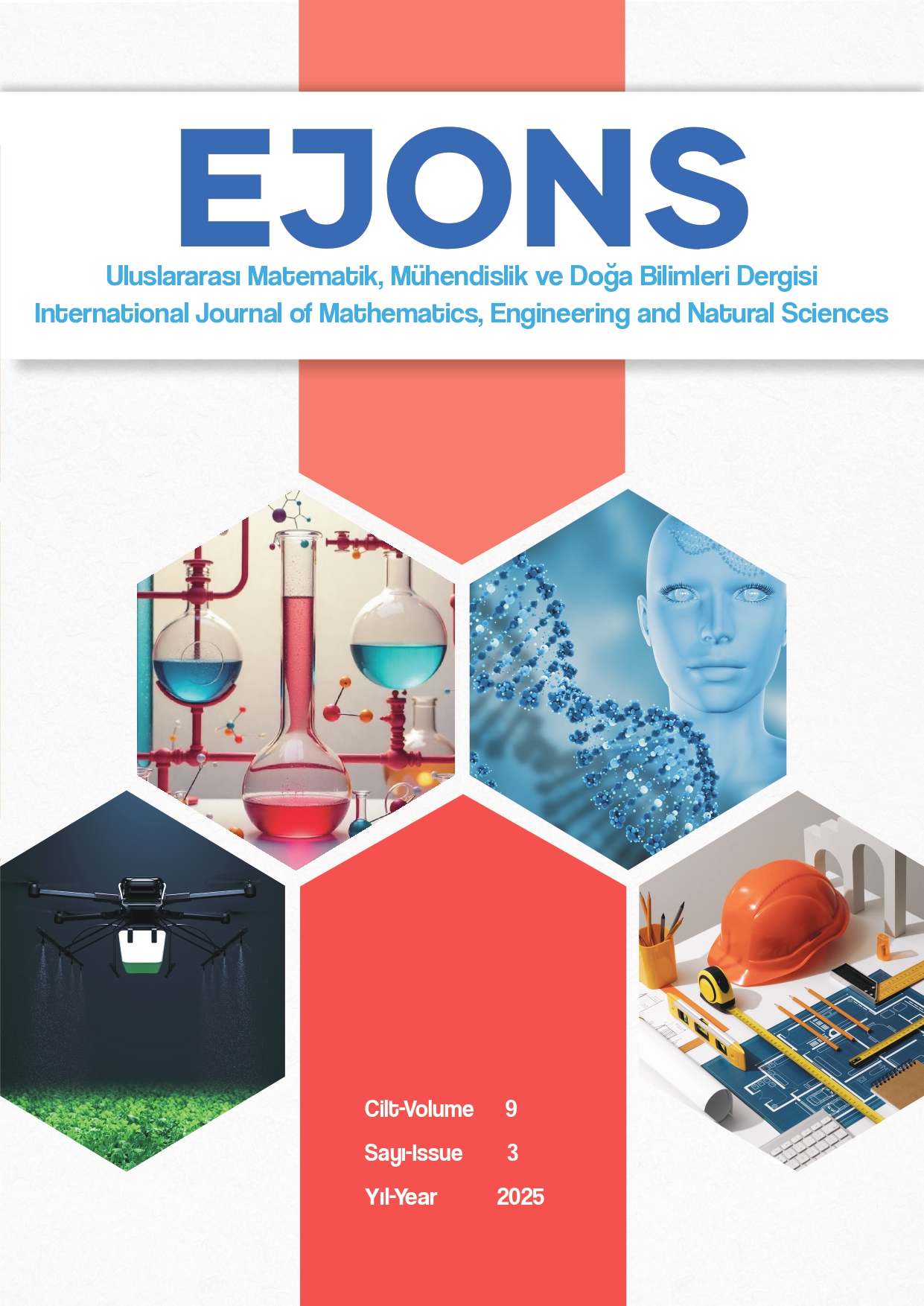Effect of Iron Content and Sintering Temperature on Microstructure and Hardness of Al-Fe Alloys
DOI:
https://doi.org/10.5281/zenodo.16878089Keywords:
Al-Fe alloys, Microstructure, HardnessAbstract
In this study, the effects of iron content and sintering temperature on the microstructure and hardness of Al-Fe-based alloys were investigated. Samples were produced via the powder metallurgy method and sintered at 610 °C and 640 °C. Scanning electron microscopy (SEM) and Brinell hardness tests were conducted for characterization. Microstructural analyses revealed that some iron particles remained unreacted at 610 °C, while at 640 °C, the formation and homogenization of Al₃Fe intermetallic phases were more evident. The hardness results showed that both increasing Fe content and higher sintering temperature contributed to improved Brinell hardness. These findings suggest that optimizing the sintering temperature and alloy composition can significantly enhance the mechanical performance of Al-Fe alloys.
References
Bandriyana, B., Sujatno, A., Salam, R., Haerani, D.N., Sugeng, B., Shabrina, N., Sukaryo, S.G., 2023. Synthesis and microstructure characterization of Fe-Cr-Al alloys developed by powder metallurgy technique with plasma sintering method. Journal of Physics: Conference Series, 2556(1): 012023.
Faria, J., de Paula, A., Silva, C., Kakitani, R., Barros, A., Garcia, A., Brito, C., Cheung, N., 2023. Fe-containing al-based alloys: relationship between microstructural evolution and hardness in an Al-Ni-Fe alloy. Metals, 13(12): 1980.
Goulart, P.R., Spinelli, J.E., Bertelli, F., Osório, W.R.R., Cheung, N., Garcia, A., 2010. Cellular microstructure and mechanical properties of a directionally solidified Al-1.0wt%Fe Alloy. Materials Science Forum, 636–637.
Gupta, R.K., Fabijanic, D., Zhang, R., Birbilis, N., 2015. Corrosion behaviour and hardness of in situ consolidated nanostructured Al and Al–Cr alloys produced via high-energy ball milling. Corrosion Science, 98: 643–650.
Mi, G.F., Zhang, J.Z., Lv, S.L., Wang, P., 2011. The effect of aging heat treatment on the sliding wear behavior of Cu-Al-Fe-(x) alloys. Advanced Materials Research, 219–220.
Nakano, H., Yamaguchi, H., Yamada, Y., Oue, S., Son, I.J., Horita, Z., Koga, H., 2013. Effects of high-pressure torsion on the pitting corrosion resistance of aluminum–ıron alloys. Materials Transactions, 54(9): 1642-1649.
Seikh, A., Baig, M., Ammar, H., Alam, M., 2016. The ınfluence of transition metals addition on the corrosion resistance of nanocrystalline Al alloys produced by mechanical alloying. Metals, 6(6): 140.
Shurkin, P.K., Belov, N.A., Musin, A.F., Aksenov, A.A., 2020. New high-strength casting aluminum alloy based on the Al–Zn–Mg–Ca–Fe system without requirement for heat treatment. Tsvetnaya Metallurgiya, 1: 48–58.
Silva, A.P., Brito, P.P., Martins, N., 2022. Corrosion behavior of FeAl and Fe3Al based Fe-Al-C alloys in sulfuric acid. Archives of Foundry Engineering, 77–82.
Zhou, Z., Du, J., Zhang, Y., Zhang, Y., Gu, S., 2014. The vacancy-hardening properties in water-quenched Fe-Al alloys. Proceedings of the 2015 International Conference on Material Science and Applications.
Downloads
Published
How to Cite
Issue
Section
License
Copyright (c) 2025 Ejons International Journal on Mathematic, Engineering and Natural Sciences

This work is licensed under a Creative Commons Attribution-NonCommercial 4.0 International License.


